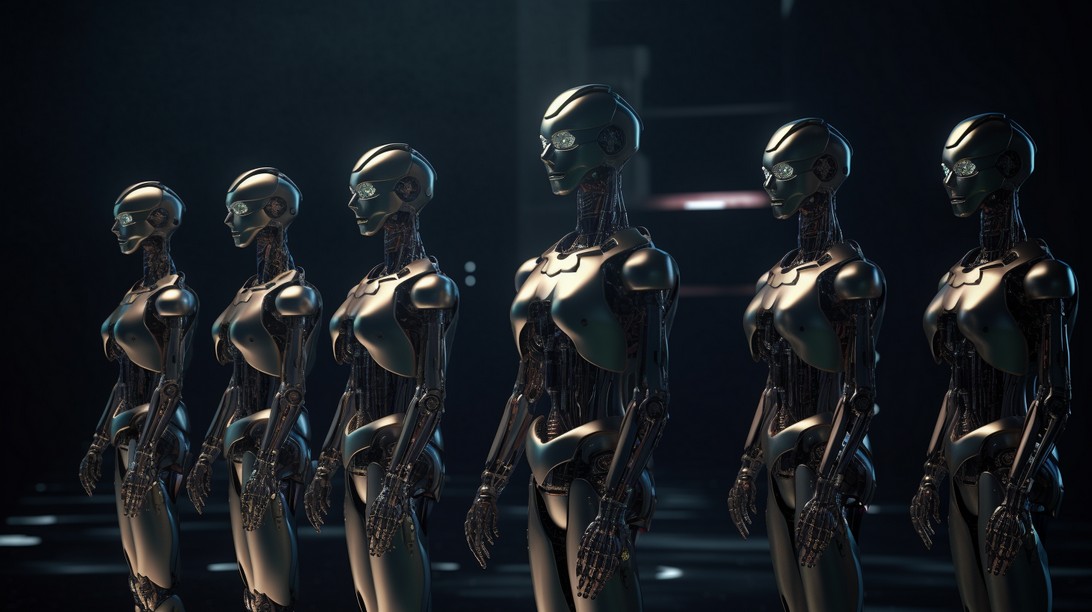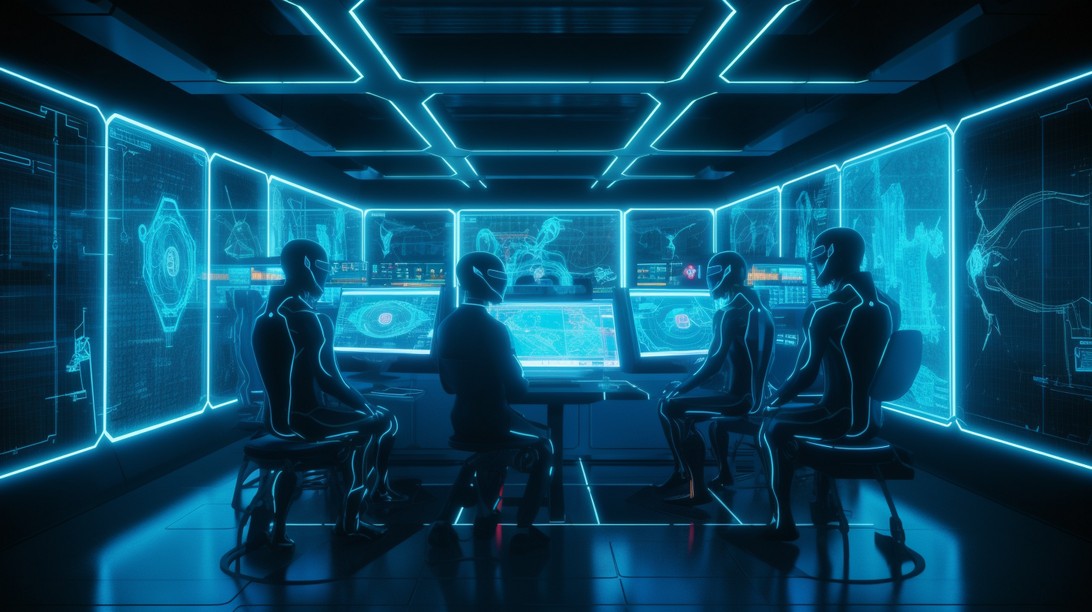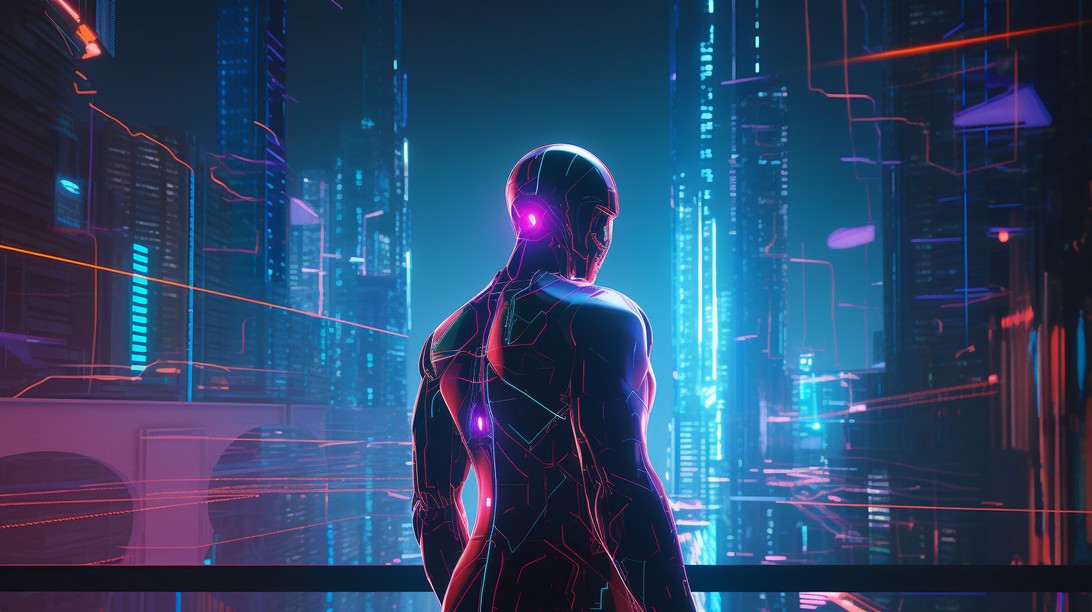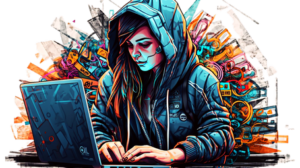The Emergence of Autonomous AI Agents
AI decision models and autonomous AI agents, such as AutoGPT and BabyAGI, are revolutionizing the way we approach tasks by enabling AI systems to make decisions and complete tasks with minimal human intervention. While AutoGPT and BabyAGI are examples of AI agents that operate autonomously, the broader concept of AI decision models focuses on creating intelligent software programs that can analyze data, develop strategies, and make informed decisions.
Autonomous AI agents, which are integral to advanced AI decision models, can perform various tasks in both personal and professional contexts. They can manage digital tasks, browse the internet, manage memory, control computers, harness large language models like GPT-4, and adapt to new situations through continuous learning.

These agents offer significant opportunities for individuals and businesses, with the potential to create billion-dollar companies run entirely by autonomous AI agents within a decade. Developers are working on more complex chaining AI models, aiming to achieve higher levels of autonomy and capabilities in AI decision-making systems.
While there are concerns about the potential dangers of AI decision models that use autonomous AI agents, factors such as OpenAI’s safety efforts, human oversight, and ethical discussions help mitigate potential risks. The future of AI decision models will be shaped by continued advancements in technology, as well as the implementation of safety measures, ethical considerations, and regulations.
How Autonomous AI Agents Differ From Traditional AI Systems
Traditional AI systems rely heavily on human input and direction to perform tasks. These systems are often limited in their ability to learn from new data and adapt to changing circumstances. In contrast, autonomous AI agents possess the ability to learn and adapt independently, making them more versatile and efficient.
Imagine a chef (traditional AI) who can only cook specific recipes provided by their employer, versus a self-taught culinary genius (autonomous AI agent) who can create new dishes based on available ingredients and diners’ preferences. The latter is more flexible and innovative, which is the main advantage of autonomous AI agents over traditional AI systems.

Applications and Benefits of AI Decision Models with Autonomous AI Agents
Autonomous AI agents have numerous applications in both personal and professional environments. Some examples include:
Personal Applications
– Personal assistants that can manage schedules, book appointments, and handle routine tasks
– Customized learning platforms that tailor educational content to individual needs and preferences
– Health monitoring systems that analyze biometrics and provide personalized health recommendations
Professional Applications
– Advanced analytics tools that can process large amounts of data to uncover hidden patterns and trends
– Autonomous robots that can perform tasks in hazardous environments, reducing the risk to human workers
– Customer service chatbots that can resolve inquiries quickly and efficiently, improving customer satisfaction
These applications demonstrate the potential of autonomous AI agents to simplify tasks, save time, and enhance productivity for individuals and businesses.

Developing Complex Chaining AI Models
Developers are working towards more complex chaining AI models to enhance decision-making capabilities in AI systems. Chaining refers to the ability of AI agents to utilize multiple skills or algorithms in combination to solve complex problems.
For example, imagine an autonomous AI agent tasked with organizing a conference. The agent would need to chain numerous skills together, such as scheduling speakers, booking venues, marketing the event, and managing logistics. This level of chaining requires advanced AI algorithms that can integrate various tasks seamlessly.
To better understand the concept of chaining, consider how a symphony orchestra works. Each musician plays their instrument in harmony with others, following the conductor’s guidance. Similarly, the chaining of AI models involves the seamless integration of multiple algorithms, working harmoniously together to achieve a common goal.
By developing more sophisticated chaining AI models, developers are paving the way for increasingly capable autonomous AI agents capable of handling complex tasks and decision-making processes.

Potential Risks and Concerns
The rise of autonomous AI agents also brings potential risks and concerns, including:
– Loss of jobs due to increased automation
– Misuse of AI technology for harmful purposes, such as cyberattacks or disinformation campaigns
– Algorithmic bias leading to unfair or discriminatory decisions
To mitigate these risks, several measures can be taken. OpenAI’s safety efforts focus on researching and developing safe AI systems that minimize unintended consequences. Human oversight can be utilized to ensure that autonomous AI agents’ actions align with human values and ethical standards.
In addition, fostering an open dialogue and collaboration between AI developers, policymakers, and other stakeholders can help create guidelines and regulations that govern the responsible development and deployment of AI technology.
The Role of Safety Measures, Ethics, and Regulations
To shape the future of AI decision models that utilize autonomous AI agents, it is crucial to implement safety measures, engage in ethical discussions, and develop appropriate regulations.
Safety measures can include robust testing and validation procedures to ensure AI systems function as intended, as well as fail-safe mechanisms that prevent catastrophic consequences in the event of system failures. Ethical discussions should involve diverse stakeholders, including developers, policymakers, and the general public, to ensure a comprehensive understanding of the potential implications of autonomous AI agents.
Finally, regulations should be developed to establish guidelines for the responsible development and deployment of AI technology while also encouraging innovation.
By considering these factors, we can work towards a future where AI decision models and autonomous AI agents are used responsibly and to the benefit of society as a whole.

Conclusion: Embracing the Future of Artificial Intelligence
As autonomous AI agents continue to transform the artificial intelligence landscape, it is essential to understand their unique capabilities and benefits while addressing potential risks and concerns.
By fostering a collaborative environment that supports innovation while prioritizing safety measures, ethical considerations, and regulations, we can harness the power of AI decision models with autonomous AI agents for a more efficient and prosperous future.


